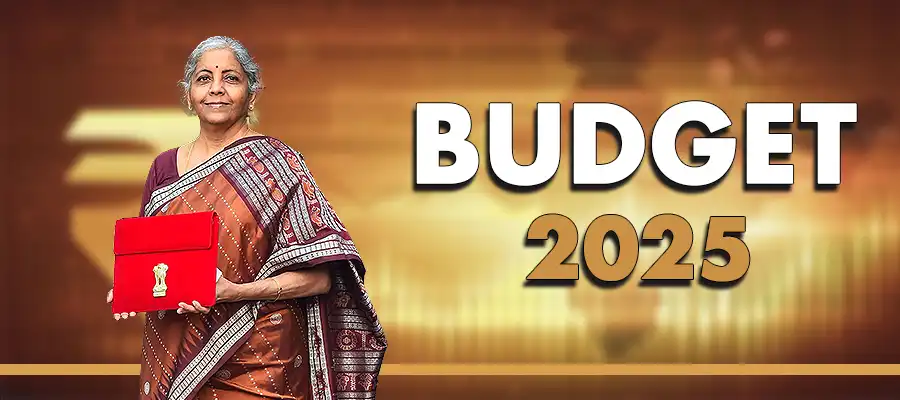Finance Minister Nirmala Sitharaman announced that the fiscal deficit for FY25 is projected at 4.8% of GDP, with a target of 4.4% for FY26. Presenting the Budget 2025-26, she also stated that net market borrowings for the next fiscal year are estimated at Rs 11.54 lakh crore. Additionally, Sitharaman revealed that the government will establish a high-level committee to oversee regulatory reforms across non-financial sectors. She further said that the National Bank for Financing Infrastructure and Development (NaBFID) will introduce a partial credit enhancement facility for corporate bonds.
The major takeaways of the union budget 2025-26 are
1) Fiscal deficit: The fiscal deficit for FY25 is set at 4.8%, while the estimated fiscal deficit for FY26 stands at 4.4%.
2) On Jan Vishwas Bill: Jan Vishwas Bill 2.0 is to be introduced to decriminalize over 100 provisions. Investment-friendly index of States to be launched in 2025.
3) Revised tariff rates: Propose removal of 7 tariff rates over and above those removed in the earlier budget. Only 8 tariff rates remain after the new move.
4) FM announced an outlay of ₹1.5 lakh crore for 50-year interest-free loans to states for capex and infrastructure.
5) FM announced that 36 life-saving drugs and medicines are fully exempted from basic customs duty.
The Union Budget 2025, presented by Finance Minister Nirmala Sitharaman in the Lok Sabha, brings several crucial relief measures for the middle class, addressing their long-standing demands. From income tax relaxations to exemptions on essential medicines, the budget aims to ease financial burdens while fostering economic growth. The benefit from the union budget to the middle class can be classified in these specific parameters.
-
Increased income tax relief
One of the biggest takeaways for the middle class is the enhanced income tax exemption limit. Individuals earning up to ₹12 lakh annually will now pay zero tax, providing significant relief to salaried professions and small business owners. Additionally, the government has allied taxpayers to file income tax returns for the last four years together, simplifying tax compliance and reducing the risk of penalties.
-
Reduction in TDS and TC thresholds
In a move to simplify taxation, the Finance Minister announced the rationalization of Tax Deducted at Source (TDS) and Tax Collected at Source (TCS) thresholds. This reform will reduce complexities for taxpayers, ensuring smoother transactions and better liquidity for individuals and businesses.
-
Exemption of life-saving drugs from basic custom duty
Healthcare affordability has been a major concern for the middle class. To address this, 36 life-saving drugs and essential medicines have been fully exempted from basic customs duty. This move will bring down the cost of critical medications, benefiting millions of families across the country.
-
Boost for home buyers and infrastructure development
The budget focuses on infrastructure development with an outlay of ₹1.5 lakh crore for 50-year interest-free loans to states for capital expenditure. This investment is expected to improve urban infrastructure and housing, making homes more affordable and accessible for the middle class.
-
Focus on economic growth and employment
The Economic Survey tabled before the budget projected India’s economic growth between 6.3% and 6.8% for FY 2025-26. This is backed by strong fundamentals, including fiscal discipline, private consumption, and increased government support for MSMEs, AI, EVs, and renewable energy. With this growth trajectory, job creation is expected to rise, providing better employment opportunities for the middle class.
-
Fiscal prudence and future outlook
The fiscal deficit for FY25 is projected at 4.8% of GDP with a target to reduce it further to 4.4% by FY26. This demonstrates the government’s commitment to maintaining a balanced approach between economic expansion and fiscal responsibility, ensuring long-term benefits for the economy and taxpayers.
The Union Budget 2025 brings much-needed relief to the middle class through tax exemptions, healthcare benefits, and infrastructure development.
